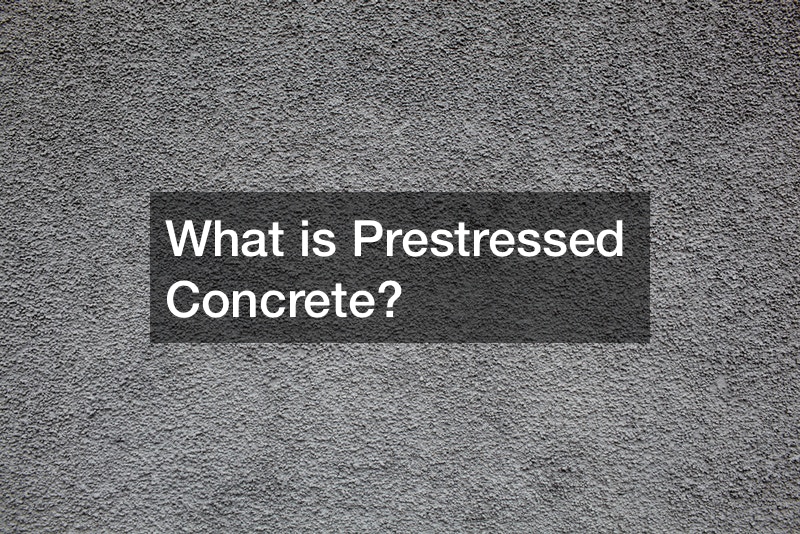
Concrete is a common construction material. While it can handle compressive force extremely well, it’s a brittle material that has no strength against tensile force (stretching out). Rebar is used to support concrete against tension forces. To optimize the rebar, it should be stretched out, creating what is known as prestressed concrete.
When a heavy load is placed on concrete, it bends downward. The top of the concrete is more than strong enough to handle the compressive force, but the bottom is getting stretched by tension. This causes cracks to form and will eventually lead to a catastrophic failure.

Rebar can be placed in concrete, but if it isn’t pre-stressed then it will not prevent cracks. This is fine for some structures, but for bridges and buildings, prestressed concrete is best to prevent harm to people using them. Concrete is poured over the rebar, and while it is solidifying, a machine will pull the rebar apart. This stretches it, making it actively resistant to tensile forces.
Prestressed concrete is great for bridges, as mentioned above. Bridges are long and thin – thinner concrete is much more susceptible to failure due to tension. The prestressed concrete gives it proper strength without sacrificing depth. For more information, check out the video above.



